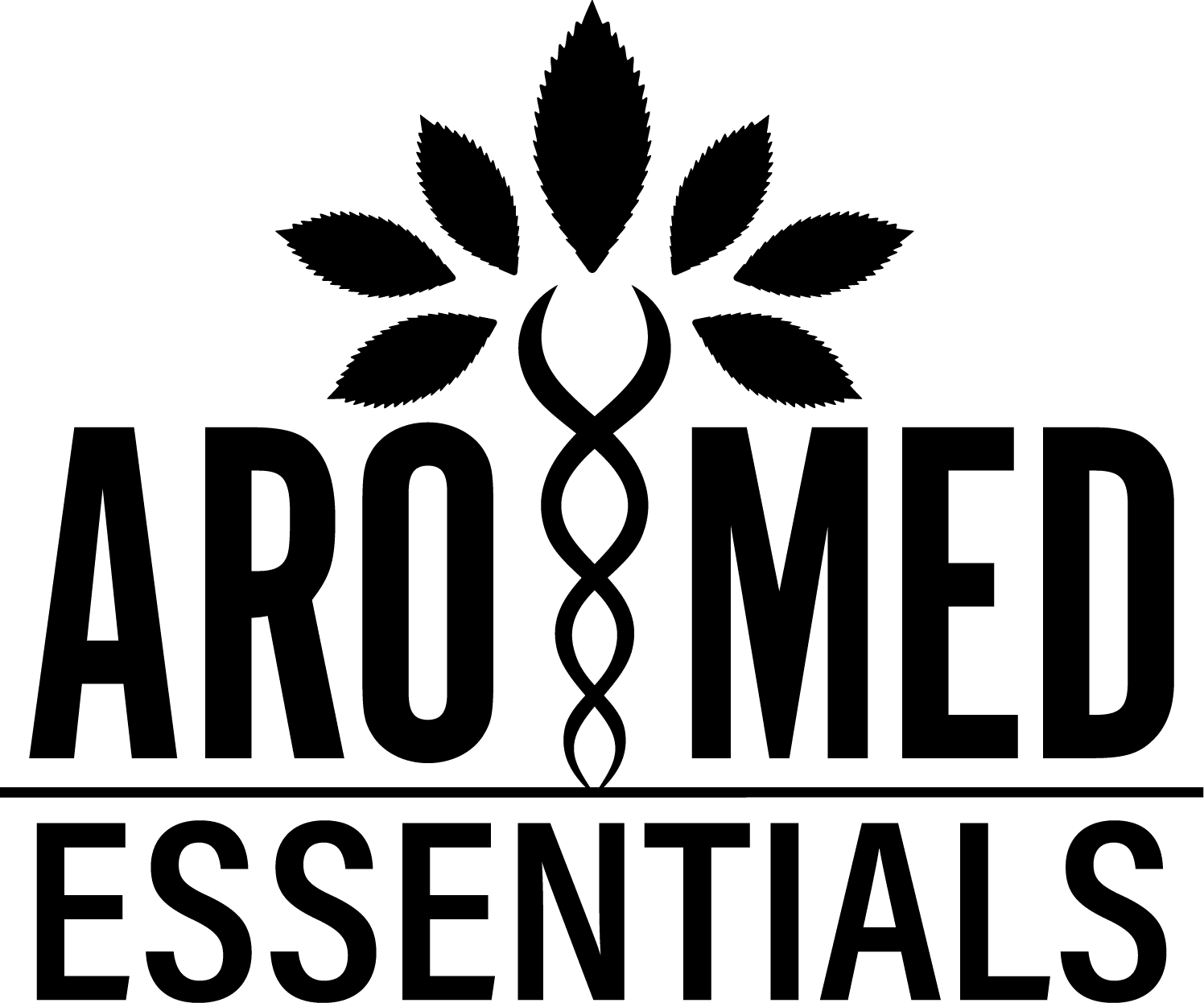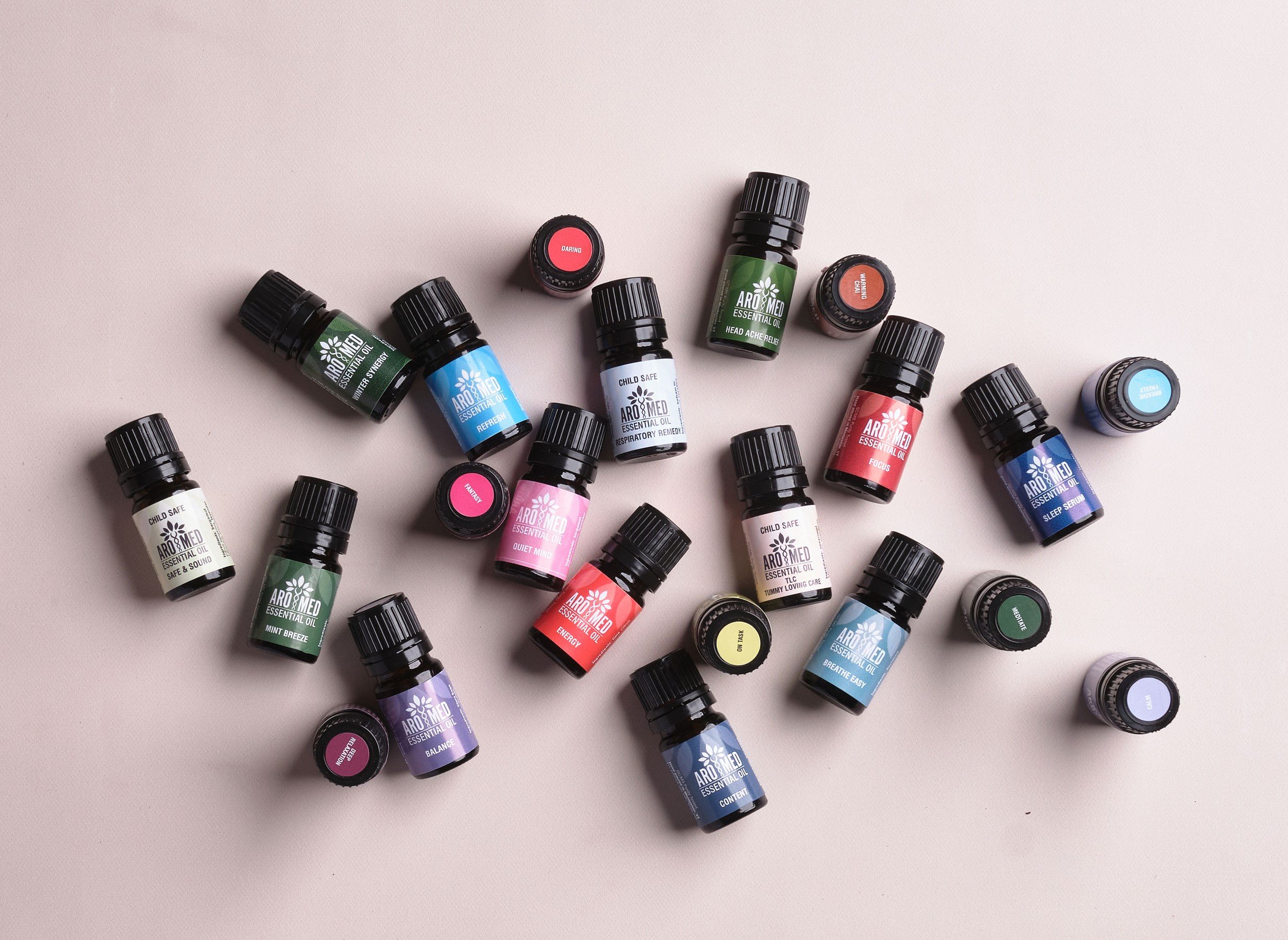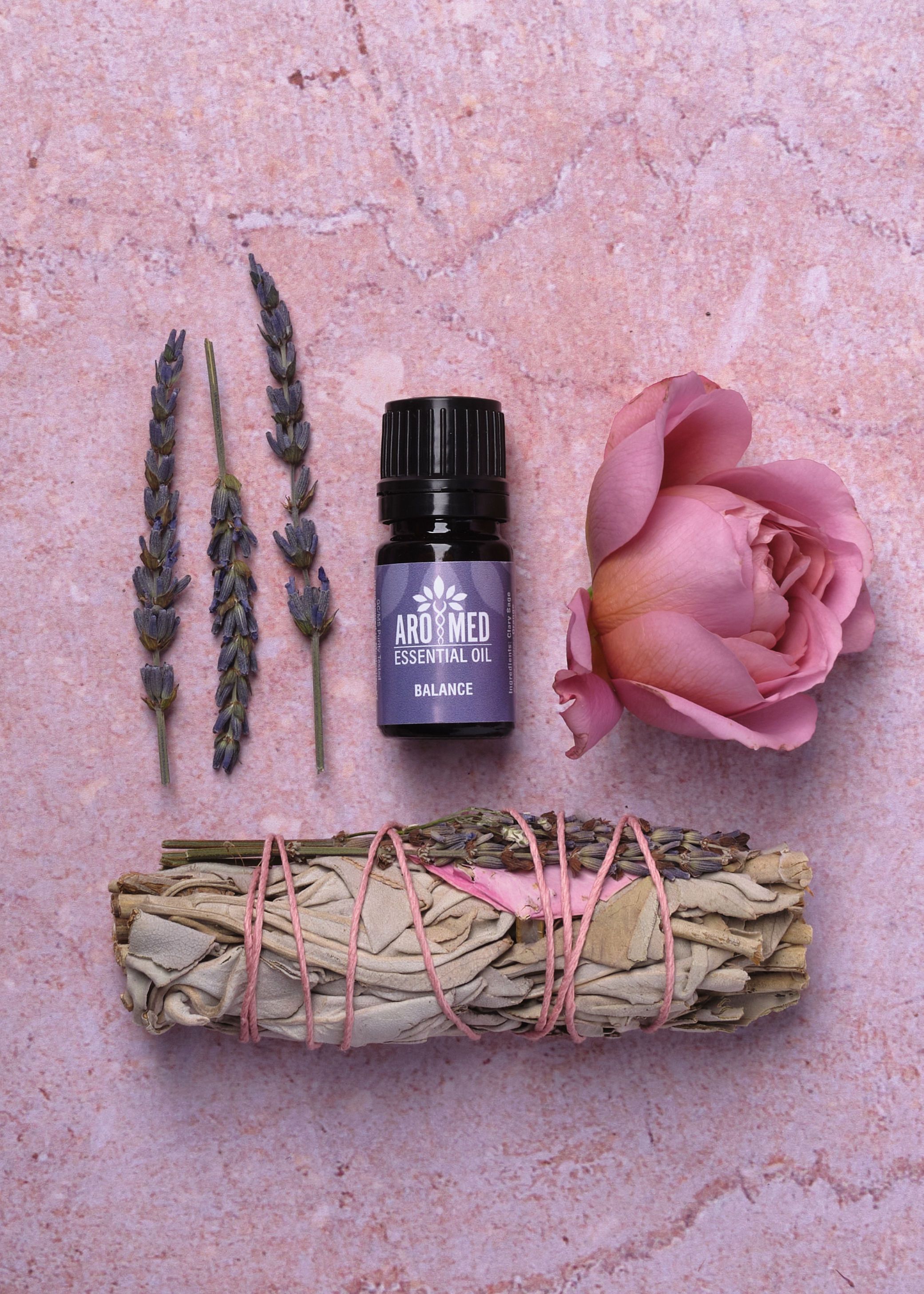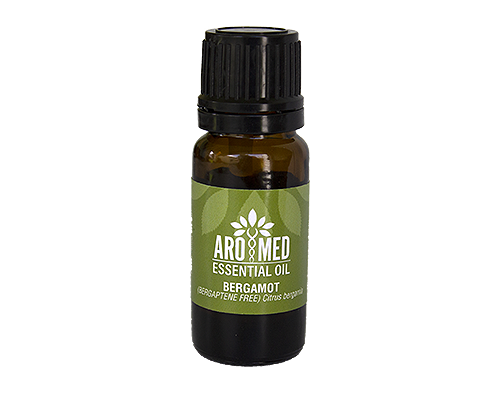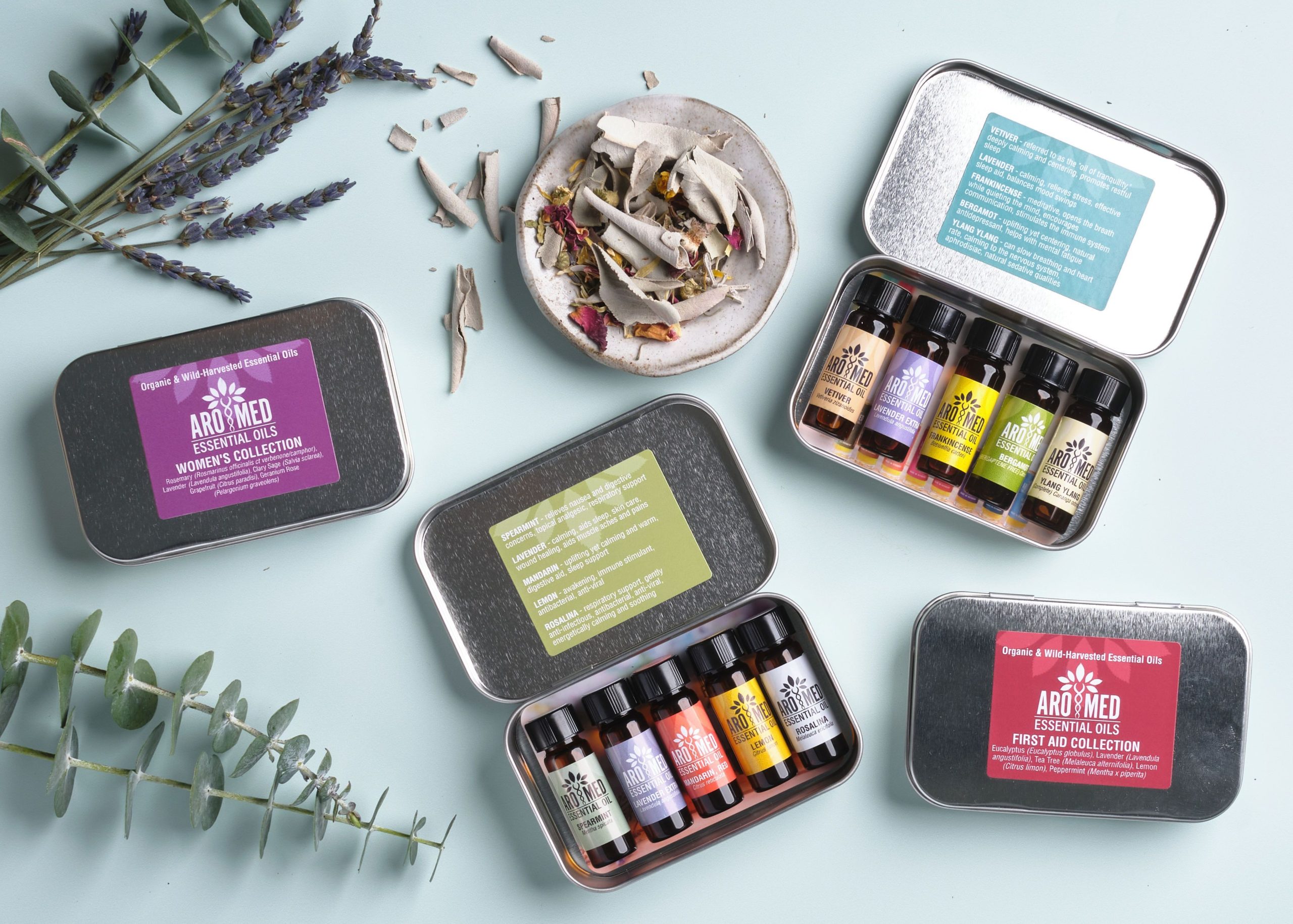Aromatherapy is using pure, ethically grown and harvested essential plant oils that address the “whole person, with the focus on empathy, personal care, prevention, health and wellbeing.”
The most common extraction methods are through steam distillation, cold pressing or solvent extraction.
Essential oils do not respond well to heat or light, as those two conditions can cause the oils to oxidize prematurely. Oxidized oils can cause irritation if applied topically. Oils should always be in dark bottles, ideally in temperatures ranging from 60-65 degrees fahrenheit. Oils high in a certain chemical family, monoterpenes, are most prone to oxidation, and ideally should be refrigerated between use. Examples of monoterpene rich oils are citrus oils, like lemon, lime and orange, as well as tree oils, like firs, spruces and pines.
As mentioned above, oils should be in an amber, blue or green bottle. So…I have a bottle in front of me right now and what do I see?
Common Name- Bay Laurel
Latin Name-Laurus nobilis
Plant Part – Leaves
Extraction Method – Steam distilled
Growing/Harvesting Method – Wild-Harvested
Country of Origin- Crete
Stock # – Indicates what batch the oil came from – Bay 102
Size/Amount- 10 mL
GC/MS Tested- GC/MS is short for Gas Chromatograph/Mass Spectrometry (try saying that 3 times fast!) This is a method of testing oils that is widely considered the gold standard in essential oil quality assurance.
Business Name – AroMed Essentials, along with a business address/web address
Cautionary language –Language about external use only, safe dilution, keeping out of reach of children and pets, seeking guidance from a health care practitioner if you have medical issues or are pregnant…responsible companies want their customers to use their oils safely, and that is a company you want to support!
Stick with companies that sell organic, certified organic, ethically wild-harvested/crafted and unsprayed oils. Pesticide and herbicide use is common, and those poisons can show up in the oils.
No, there isn’t. The terms “therapeutic grade”, “food grade” and “certified pure therapeutic grade” hold no real meaning in aromatherapy. This is marketing language meant to influence buyers by giving the illusion of higher quality.
Not a good idea. Oil and water do not mix…literally. Experienced Aromatherapists are seeing the consequences of this lifestyle choice, specifically irritation/corrosion of the gastro-intestinal tract and elevated liver function tests. Essential oils were never meant to be taken casually by mouth. The International Aromatherapy community agrees on this point…internal use of essential oils should only be done to address a specific health issue, and under the guidance of a clinically trained aromatherapy practitioner.
Bath – Adding a 4-8 drops of essential oil, mixed in with a small amount of carrier, like milk or oil, to a bath is effective for soothing sore muscles, supporting respiratory health, enhancing sleep and uplifting your mood.
Diffusion – Diffusing can be as simple as putting a few drops of oil on a tissue, or placing oils in an electrical diffuser that spreads the aroma throughout the room.
Room and Body Spray – Create sprays by adding essential oils to distilled, spring or well water. Shake before use. Sprays can be used as personal perfumes, room deodorizers and facial toners.
Steam inhalation – Steam inhalation can effectively support your respiratory system, while clearing nasal passages. This is the best method to prevent or address respiratory issues. Simply add 2 drops of essential oil to steaming water, place towel over your head and hot water, and breathe it in. Keep your eyes shut when you do this!
Nasal inhaler – Custom blended nasal inhalers are a convenient and efficient use of our natural plant resources. Use as needed to support respiratory health, decrease stress and anxiety, enhance your immune system, boost cognitive function or assist with hormone regulation.
Skin lotion – Essential oils have numerous skin nurturing properties and are particularly useful when addressing skin issues such as itch, rashes, scars, or insect bites, as well as for muscle and joint aches and pains.
Massage oil – Therapeutic massage benefits are greatly enhanced by adding oils that specifically increase circulation, relieve pain, nourish the skin, promote hormone balance, enhance mood and support emotional well-being.
Natural Perfume – By adding your favorite essential oils to jojoba or fractionated coconut oils, you can create a synthetic chemical free perfume option.
Salt or Sugar Scrubs – Adding skin nourishing essential oils to salt or sugar, along with oils like jojoba, sweet almond or coconut can be an outstanding natural skin exfoliant and moisturizer.
There are so many!- Here are some suggestions for you.
Anxiety/Depression – bergamot, cedarwood, frankincense, geranium, grapefruit, jasmine, lavender, lemon, palmarosa, patchouli, vetiver, ylang ylang
Colds/Flu – balsam fir, cedarwood, eucalyptus, lemon, spike lavender, peppermint, ravintsara, rosemary, thyme ct thymol, tea tree
Dyspepsia (digestive issues) – black pepper, cardamom, fennel seed, sweet marjoram, mandarin, orange, rosemary, peppermint, ginger, spearmint
PMS & Menopause – bergamot, clary sage, cypress, geranium, juniper berry, lavender, german or roman chamomile, rose, ylang ylang
Skin Care – bergamot, carrot seed, frankincense, lavender, mandarin, myrrh, palmarosa, patchouli, chamomile, sandalwood, helichrysum
Headaches –cajeput, roman chamomile, clary sage, eucalyptus, lavender, spike lavender, sweet marjoram, peppermint, rosemary
Musculoskeletal Pain – black pepper, clove bud, eucalyptus, geranium, ginger, juniper berry, lavender, sweet marjoram, plai, rosemary
1% dilution – 5-6 drops per ounce of carrier, like jojoba, sweet almond, sesame, unscented lotions. This is the accepted dilution for children under 12 and seniors over 65 years old. Pregnant or nursing women, and those with long term illnesses or immune system disorders should consult with their health care practitioner prior to use.
2% dilution – 10-12 drops per ounce of carrier. Use for general health supporting blends for skin care, natural perfumes, bath oils and for blends for everyday use.
3% dilution – 15- 18 drops per ounce of carrier. Use this dilution when creating a blend for a specific health concern, such as pain relief or a cold or flu.
Remember to research the essential oils you are considering using prior to purchase. You want to make sure that the therapeutic benefits are compatible to your needs. Enjoy your aromatic journey!
